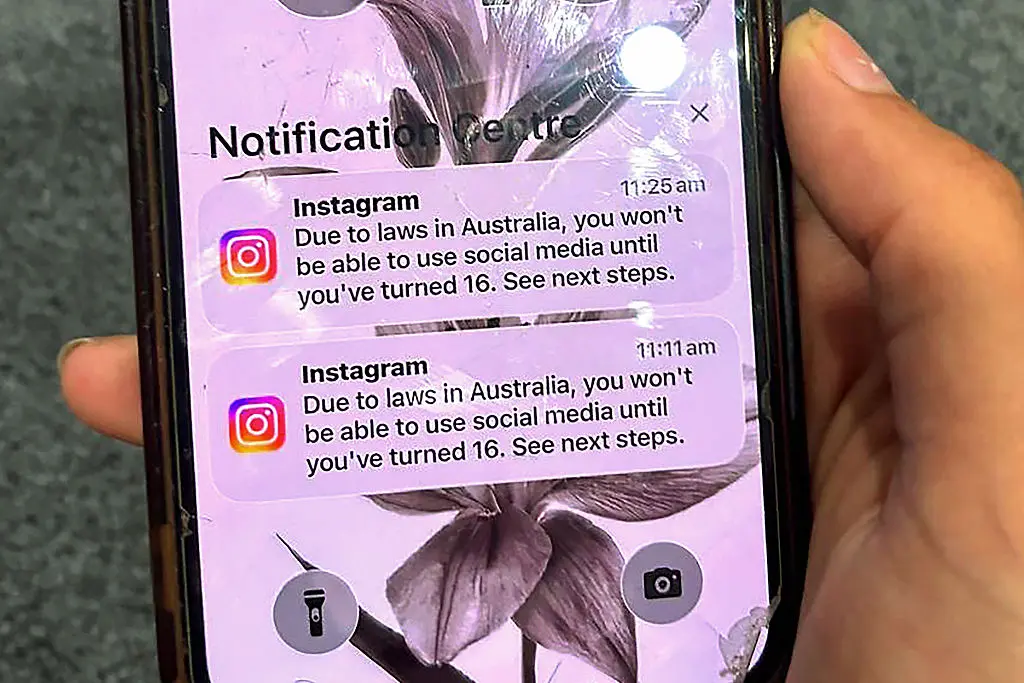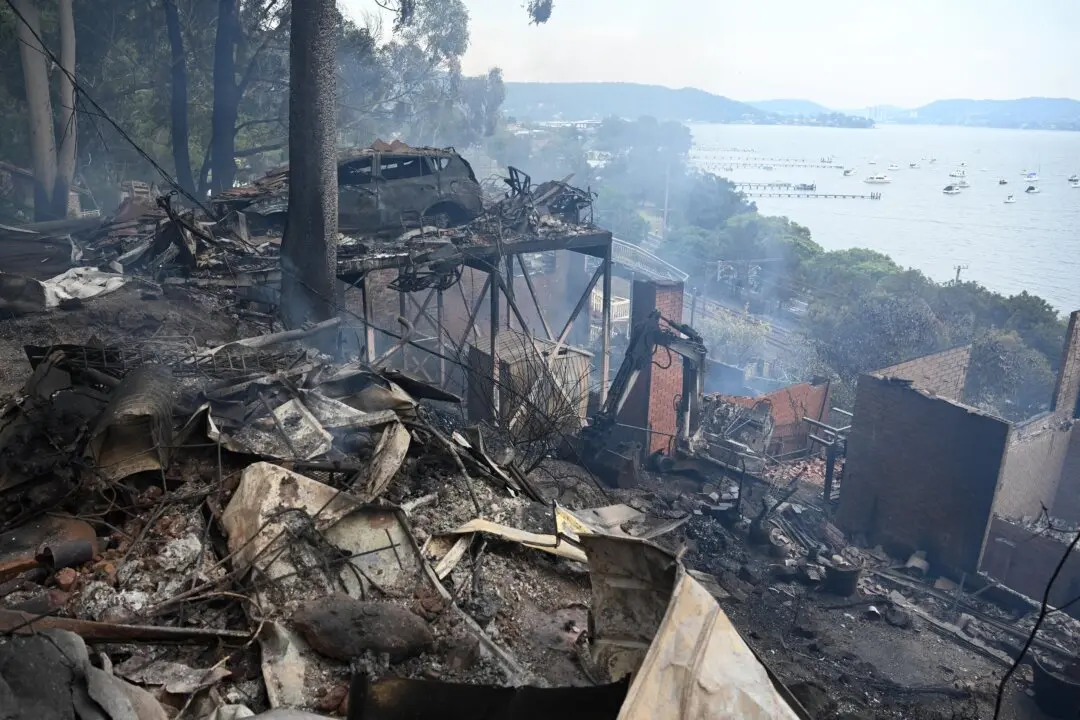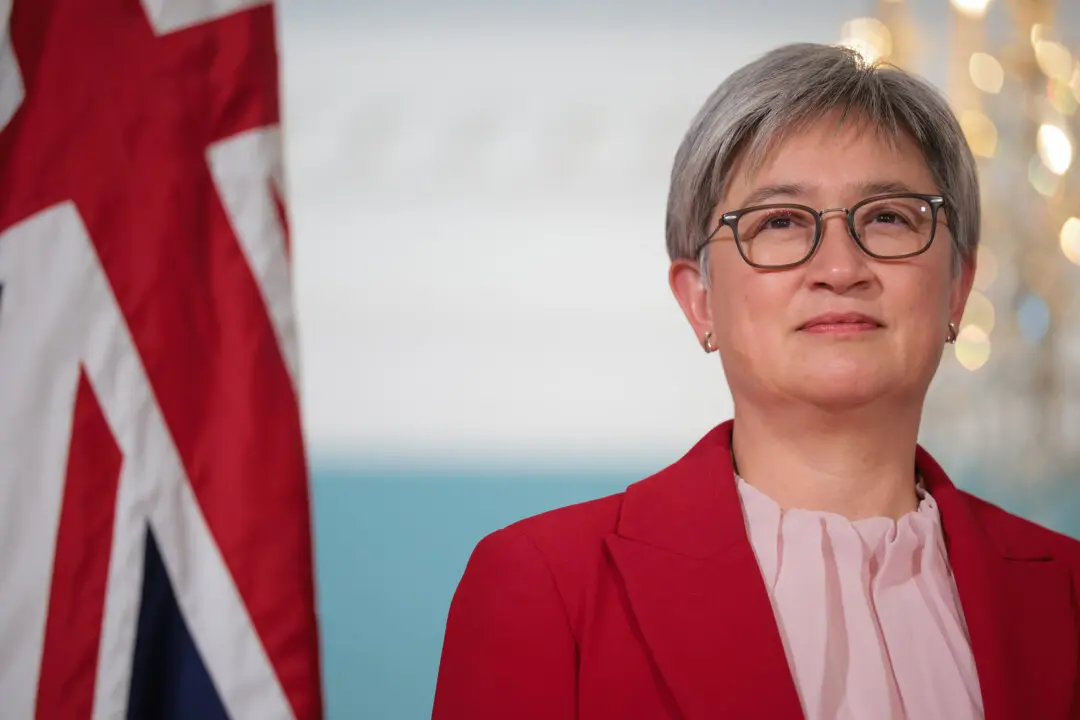Victoria’s nurses and midwives have taken their first step towards industrial action as they push for better pay and conditions, against a backdrop of industrial disputes involving other health unions.
On March 21, members of the Australian Nursing and Midwifery Federation’s Victorian branch voted to apply for a protected industrial action ballot at the Fair Work Commission.





